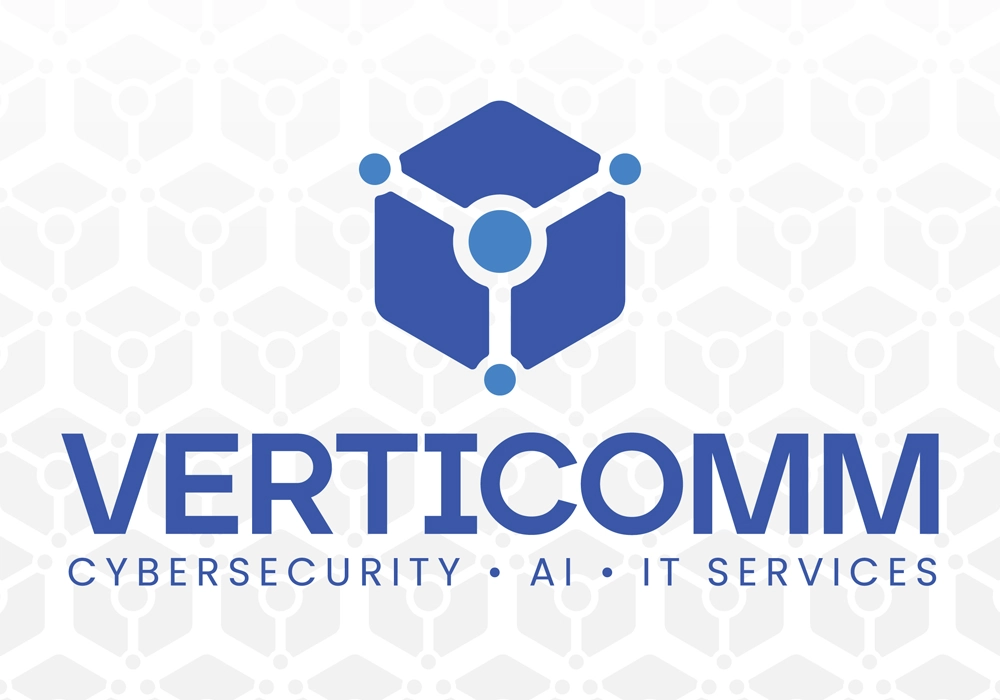Insights and updates on the latest trends shaping the future of business. Stay informed and ahead with our expert analyses and industry news.

Enhanced Verticomm brand identity reinforces commitment to structured, scalable IT solutions for mid-market and enterprise organizations

Most data breaches start with employee mistakes, proving that your compliance efforts alone aren't enough to keep your business safe. This guide shows you how to move beyond checkbox security and build a genuine security culture.

Most IT departments operate in a silo, tracking technical stats that mean nothing to the C-suite and lead to wasted investment. This guide provides a clear playbook for IT leaders to translate technical work into measurable business outcomes, proving their value and transforming their team from a cost center into a strategic powerhouse.

Your expensive AI projects are set up to fail, not because of the algorithms, but because of the inadequate infrastructure you've overlooked. This guide exposes the critical requirements for data, compute, and networking that are essential for building AI that actually works.

Tired of security buzzwords that don't deliver? This guide cuts through the marketing noise to offer a practical, step-by-step roadmap for implementing a real Zero Trust strategy, even if your team has limited resources.

Stop letting IT failures dictate your workday and budget. This guide shows you how to move from chaotic, reactive fixes to a predictive operations model that anticipates problems before they can cripple your business.

Proven strategies for scaling your business while maintaining efficiency and quality.

Proven strategies for scaling your business while maintaining efficiency and quality.

Proven strategies for scaling your business while maintaining efficiency and quality.

Proven strategies for scaling your business while maintaining efficiency and quality.

Proven strategies for scaling your business while maintaining efficiency and quality.

Proven strategies for scaling your business while maintaining efficiency and quality.

Proven strategies for scaling your business while maintaining efficiency and quality.

Proven strategies for scaling your business while maintaining efficiency and quality.

Proven strategies for scaling your business while maintaining efficiency and quality.